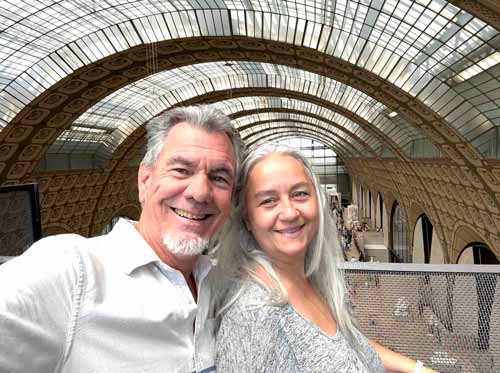
“ I would never die for my beliefs because I might be wrong. ”
~ Bertrand Russell
What’s the difference between an idea and a theory? When does a philosophy become an ideology? And what does this have to do with flexibility and being a dancer anyway?
Let me guess, I’m willing to bet a thought something like this has crossed your mind at one time or another: “How can people think that way? What on earth could make their brains so rigid?“
We humans decide what to make of our world based on the stories we hear or tell about it. These narratives shape our existence. From fairytales to cable news, a mix of myth, anecdotes, and hard facts help us define our place in the world. Modern algorithms shape our thinking even further.
When an idea is formed, it is nothing more than a tuft of dandelion floating on the wind. When it finds fertile ground to germinate, it can grow into an entire system of thought. This is how ideologies are born.
Folks under the thrall of an ideology tend to be rigid. There’s a term for them, ideologues. Unchecked, they can become authoritarian in their approach to the world.
Folks who keep their minds limber take a more flexible approach to stories, ideas, and narratives. A flexible mind can turn an idea over and say maybe … or maybe not. Allowing dogma to rule your life is actually simpler and takes less effort than finding your way through the natural world of ambiguity.
Ideologues, however, often take things to extremes. History has shown again and again that people trapped in an ideology can be dangerous. Any idea or philosophy or theory can become an ideology if it develops into a rigid set of rules. People in the grip of an ideology tend to become fanatics.
So which came first — the inflexibility or the ideology? Is there a vicious circle there that one can avoid? Does one have to come before the other, or do things work both ways?
That’s where the lessons of movement and the flexibility inherent in being a dancer come into play. It turns out there is a physiological basis to the different mindsets.
Leor Zmigrod is a neuroscientist based in the UK. Her book, The Ideological Brain examines how the rigidity of our social and political beliefs is related to the neuroplasticity of our brain. Subtitled The Radical Science of Flexible Thinking she unpacks the science behind why some people are more susceptible to authoritarian or ideological impulses.
Our brains are much like our muscles. Thought loops are like exercise, repeated activity cause physical changes to the gray matter between our ears.
Zmigrod’s research shows that people with inflexible brains tend to be intellectually arrogant, and rarely admit they are wrong. Conversely, people with more flexible brains are better able to resist ideological thinking. They’re willing to exhibit intellectual humility and change course when they are proven wrong.
Importantly, her research shows that it works both ways. Constant exposure to idealogical content can actually make a persons brain more rigid.
Dancers embody flexibility by default. When you bring the spirit of dance into your everyday life, you can’t help but be more flexible in your thinking. The result is that you are naturally more open minded, and therefore more free.
On that note, may your mind and body be limber as you flex through the week! Much love till next Monday!
Merci et à bientôt!
M+
ML #643
Mark Metz
Monday Love Movement Calendar







